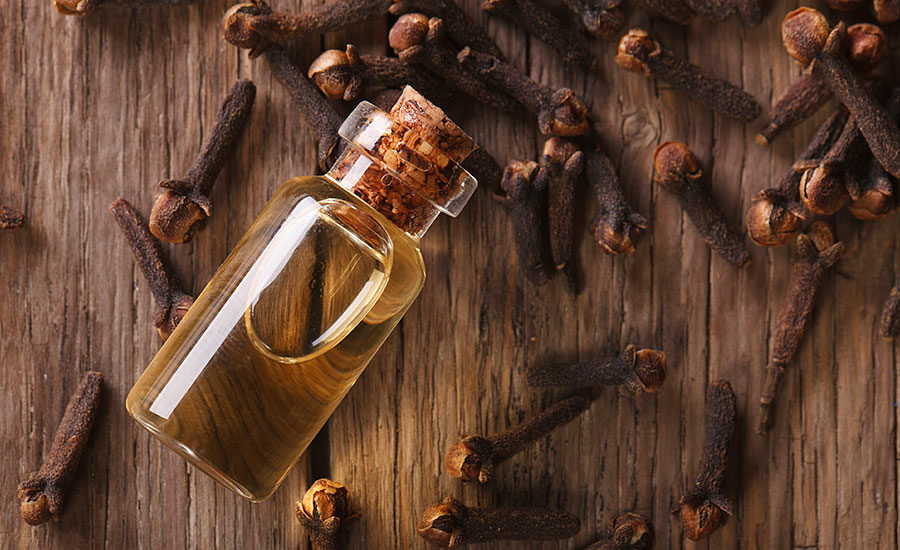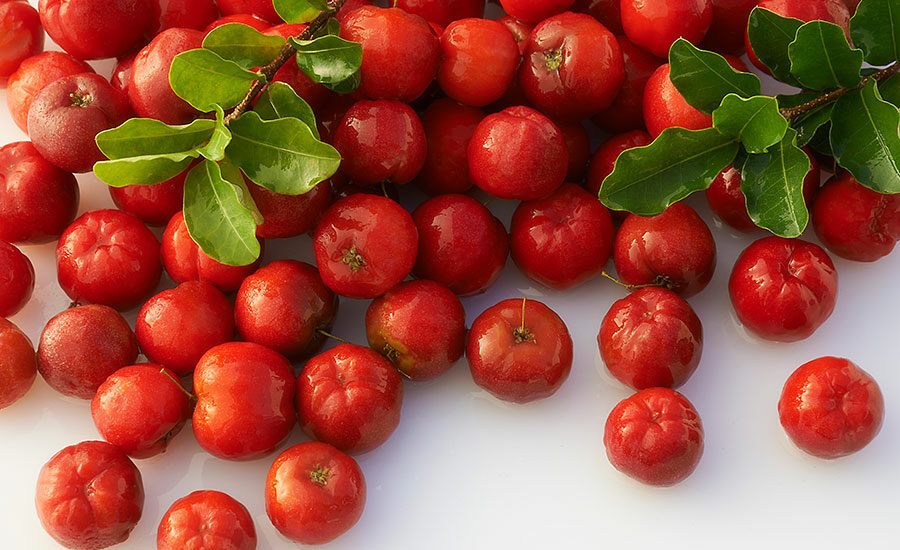Clean labels, food safety drive ingredient trends




The use of antimicrobial and antioxidant ingredients is growing in meat and poultry products because of the need for longer and more dependable shelf life along with increasing the safety of food products.
“Distribution and display life of products requires more and more time for products to be consistently and continuously successful in the marketplace, and these ingredients provide much help in achieving improvement in both of those areas,” says Joseph Sebranek, a Charles F. Curtiss Distinguished Professor in agriculture and life science and Morrison Endowed Chair at Iowa State University in Ames.
The use of antimicrobials and antioxidants also is growing in meat and poultry, because the number of applications is growing.
“For example, antimicrobials and antioxidants were commonly used in traditionally processed meats,” explains Wes Schilling, professor of food science at Mississippi State University in Starkville, Miss. “Now, antimicrobials are being used for applications such as using vinegar to increase the shelf life of CO2 packaged chicken parts. Antimicrobials are being used to decrease Salmonella incidence on poultry products. Antioxidants are being used to extend the red color of beef and prevent oxidation on ground meat.”
The biggest emphasis around antimicrobial and antioxidant ingredients seems to be on those ingredients that provide consumers with a “cleaner, simpler” impression of what is in the products.
“Anything that can be derived from natural sources or that can be labeled in such a way that consumers consider it to be less complicated, less chemical or more recognizable are getting the most attention,” Sebranek says. “Vinegar, for example, in various modified or buffered forms is being used more and more frequently because it is an effective antimicrobial that most consumers recognize. Spice essential oils are another area of interest because some spices have significant antimicrobial and antioxidant components.”
Edward Mills, associate professor of meat science at Penn State University in University Park, Pa., agrees considerable interest exists for the use of naturally occurring chemicals to achieve antimicrobial and antioxidant functions. In turn, development of natural sources for antimicrobials is a relatively new area with many ingredient suppliers scrambling to establish a foothold.
“Spices such as rosemary and thyme and ingredients such as mushrooms, among others, contain antioxidant chemicals that may be nearly as effective as BHA or BHT,” he says. “Spices and other non-meat ingredients are commonly selected for their antioxidant components. The flavor or visible appearance of the native spice or ingredient may limit its use as an antioxidant, but extracted components may be separated to reduce flavor while maintaining other functional properties.”
Extracted fractions of spices such as clove, oregano, thyme and paprika are known to be effective antimicrobials, Mills adds. Bacteriocins, produced by certain bacteria, may be produced in a fermentation system as well. The challenge, Mills says, is to achieve a degree of control over functionality to minimize batch-to-batch variation. Having done that, one would still have to match the antimicrobial component to the specific microbial target for effective control, he says.
Schilling agrees rosemary and oregano along with green tea and acerola cherry powder are all growing in use because they are considered clean label ingredients. Buffered vinegar also is growing faster than any other antimicrobial as a food ingredient, he says. In addition, propionic acid and sodium propionate are increasing in use. Paraceric acid and cetylpiridium chloride use are growing in poultry processing plants to control Salmonellaincidence on poultry parts and mechanically deboned meat, Schilling says.
For antimicrobials, a unique advancement is the discovery, development and approval of phage for specific bacterial pathogens.
“Most phages in nature are very specific bacterial pathogens and will attack only those specific bacteria,” Sebranek explains. “The appropriate phages have been isolated and made available for inactivating Listeria monocytogenes, E. coli O157:H7 and Salmonella. Additional phages are being developed for other bacterial pathogens.”
As far as antioxidants go, the focus, Sebranek says, has been on the concentration of extracts and products from plants such as the spices and fruits. “For example, cherry concentrates are high in ascorbic acid, which can function effectively as an antioxidant,” he says. “Other plant products offer other compounds that in concentrated form provide antioxidant contributions. Development of alternative antioxidants is a significant challenge.”
Another challenge with using antimicrobial and antioxidant ingredients is that traditional chemical preservatives are very effective.
“They have been used for many years and refined in their use to the point that achieving a similar level of impact with another compound or compounds is often difficult to do,” Sebranek says. “With spice concentrates/extracts, for example, the associated flavor often limits the amount that can be used in practical applications, and many times that amount means that the antimicrobial or antioxidant effect in product applications is less than hoped for.”
One of the ideas for overcoming this challenge is to combine ingredients or processes that together increase the impact over that of the individual ingredients or processes. An example might be combining spice essential oils with buffered vinegar or with a high-hydrostatic pressure process, Sebranek says.
When natural antioxidants and antimicrobials are substituted for synthetic antioxidants and antimicrobials, Schilling says, it also is often not possible to get the same sensory properties and usually will not have as long of a shelf life as products with the synthetic ingredients. Using multiple natural antioxidants and antimicrobials as well as other natural ingredients such as binders and proteins can overcome this challenge, he says. Processors also need to educate customers on the cost differences, quality differences and shelf-life differences when clean-label formulations are used, he adds.
Ingredient companies are working on several areas of antimicrobial and antioxidant ingredients to keep a watch on moving forward.
“One area that may have potential is improved technology for the concentration and separation of plant extracts from spices, fruits and various other plant products,” Sebranek says. “If, for example, the flavor components in spice extracts could be effectively separated from the antimicrobial or antioxidant components of specific spices such that the antimicrobial or antioxidant could be added to food in higher concentrations without compromising flavor, then the antimicrobial or antioxidant impact would be enhanced.”
Some short-chain peptides also have shown antioxidant properties. More development in that area might be of potential interest for practical applications, he adds. NP
Looking for a reprint of this article?
From high-res PDFs to custom plaques, order your copy today!











